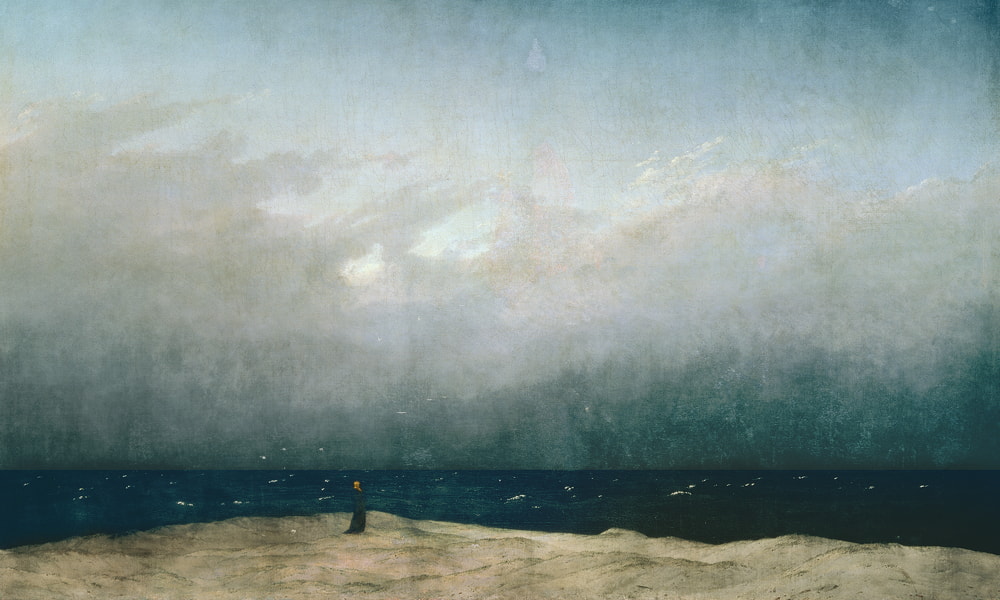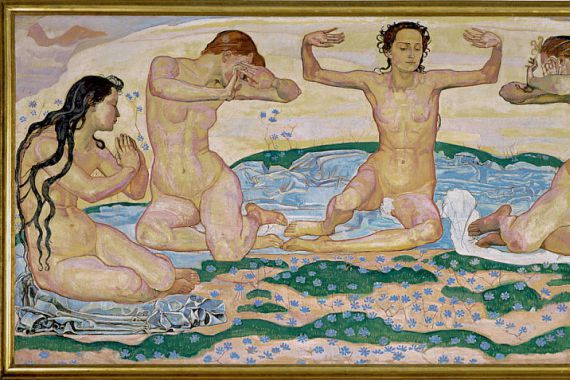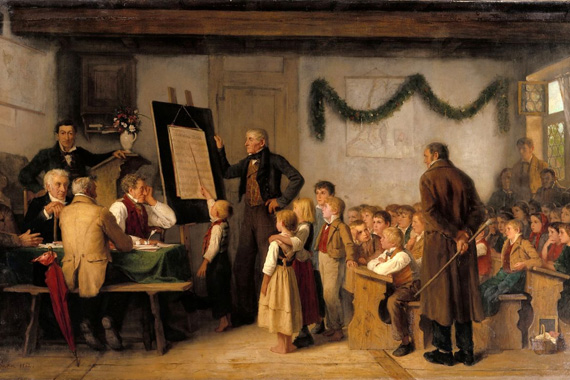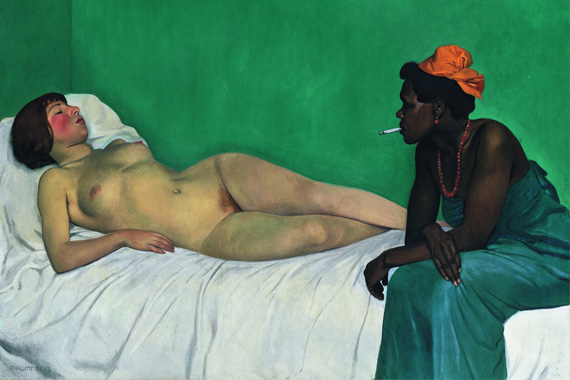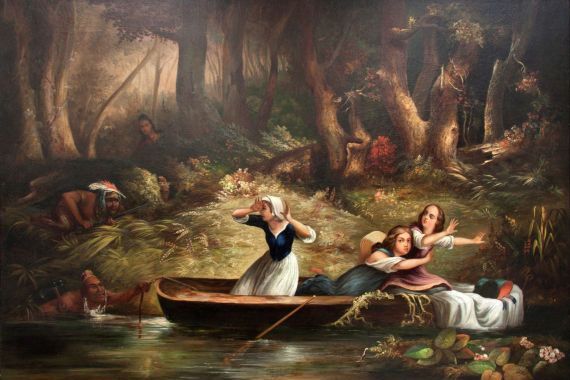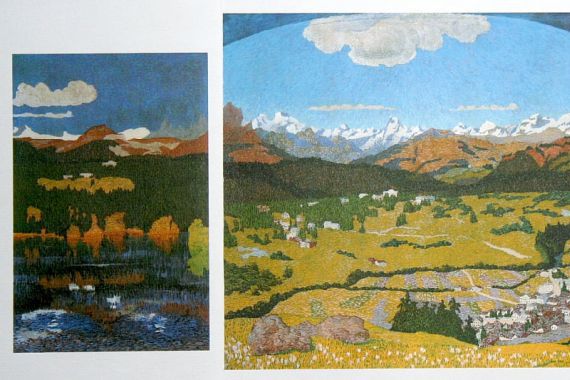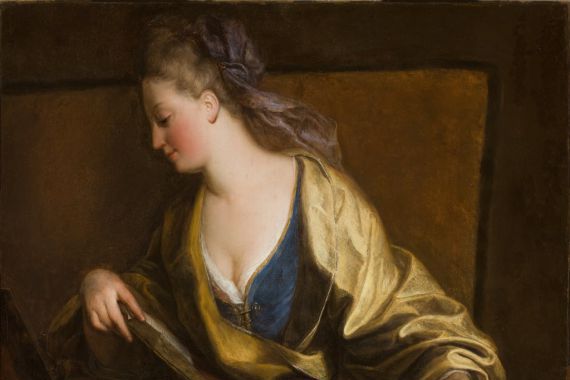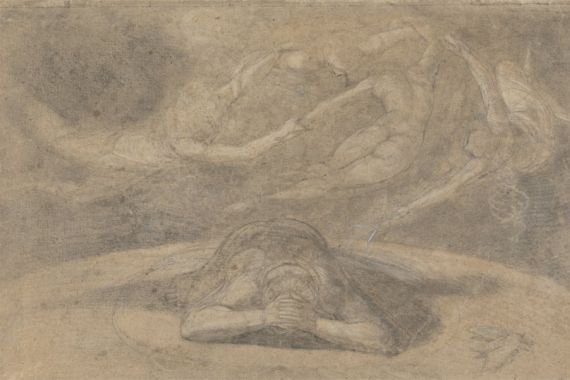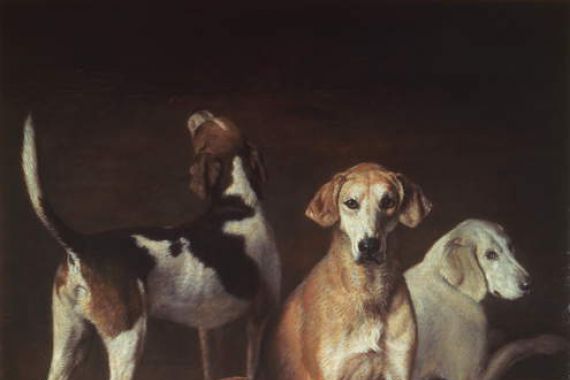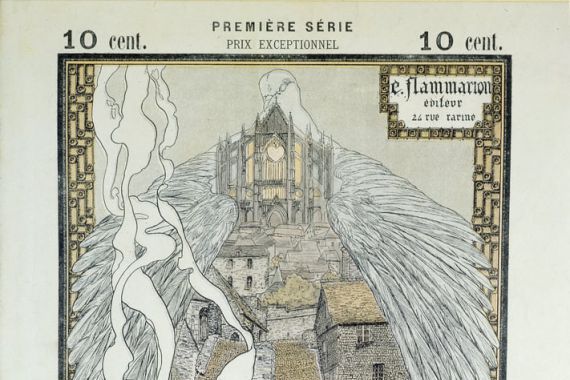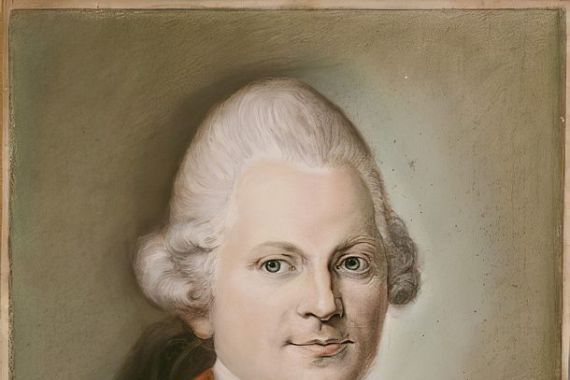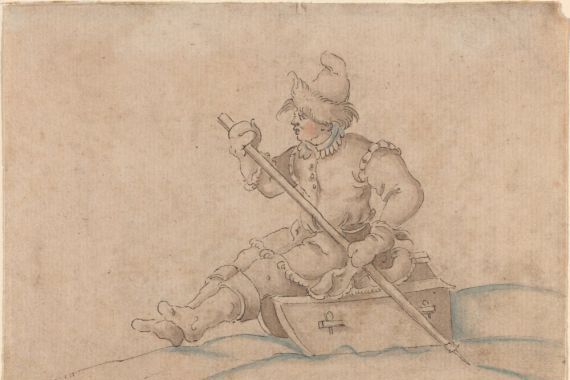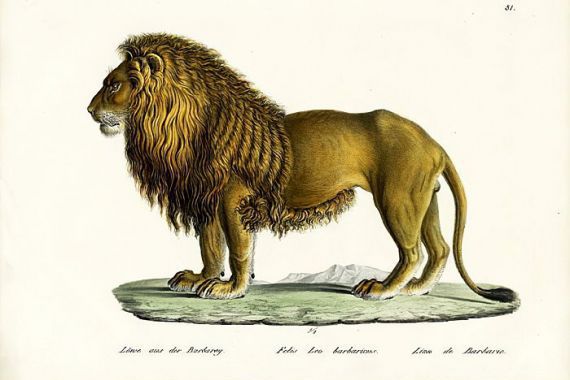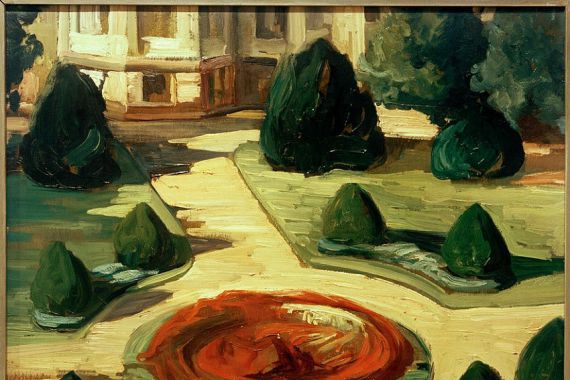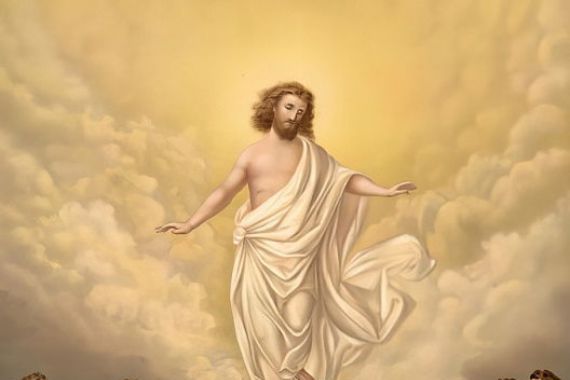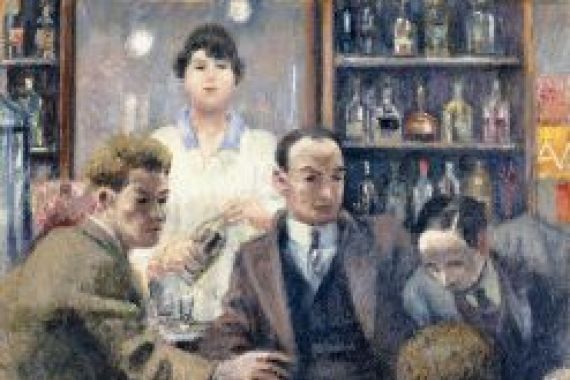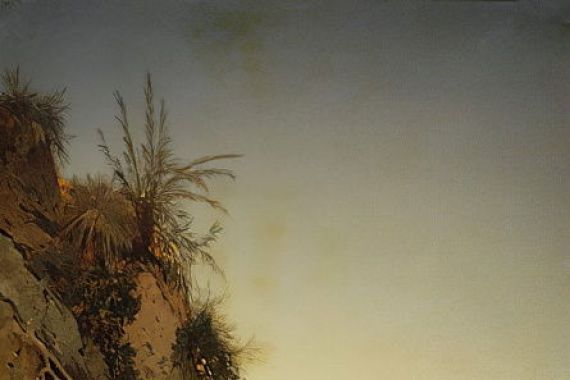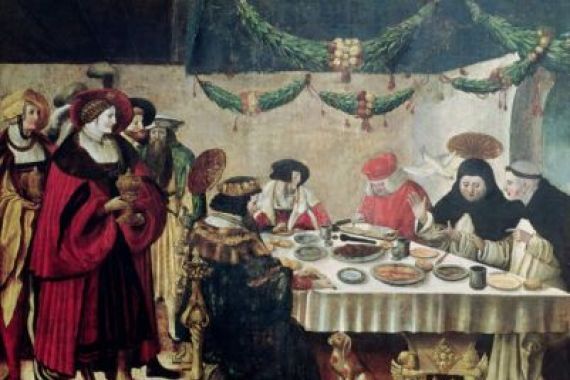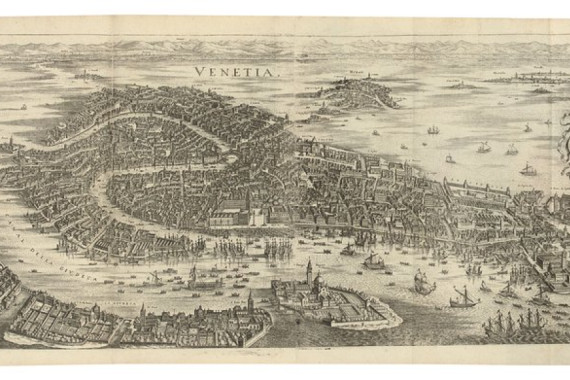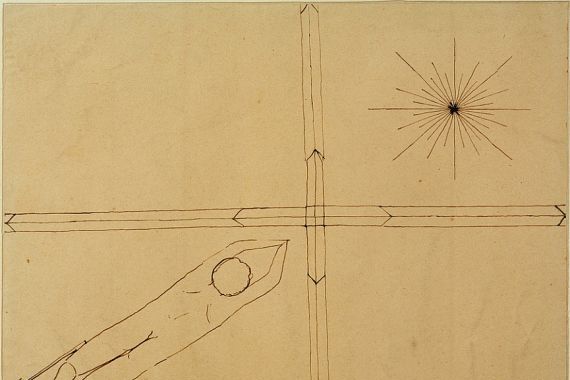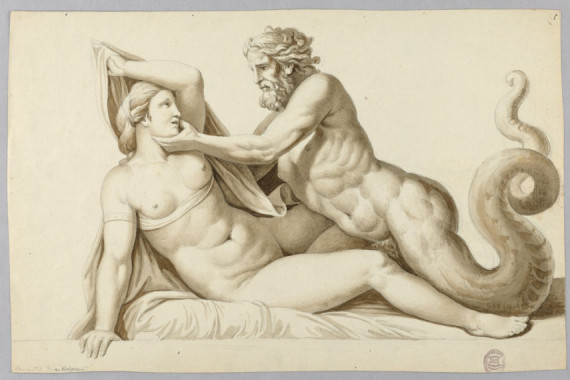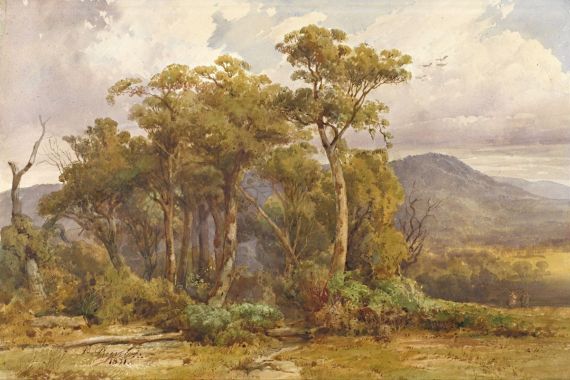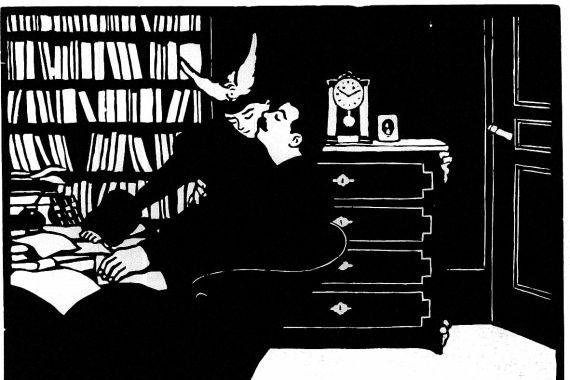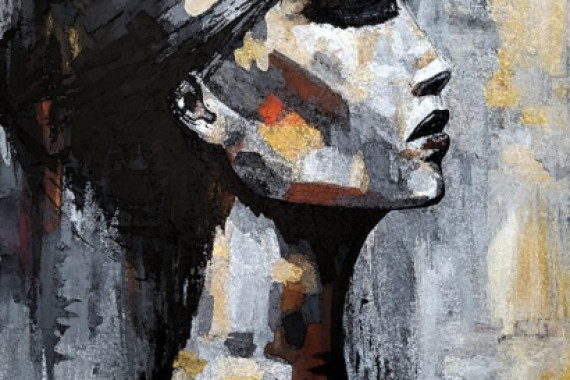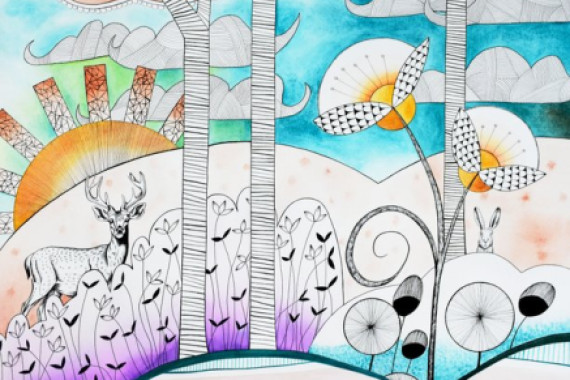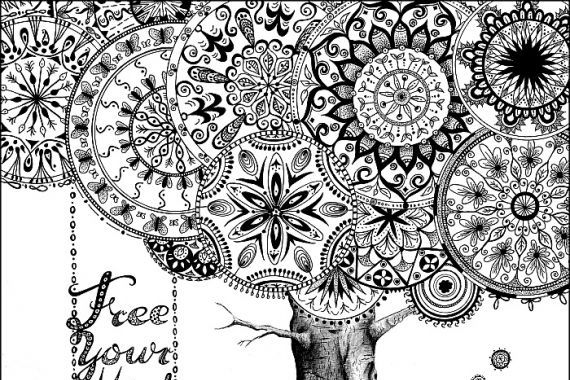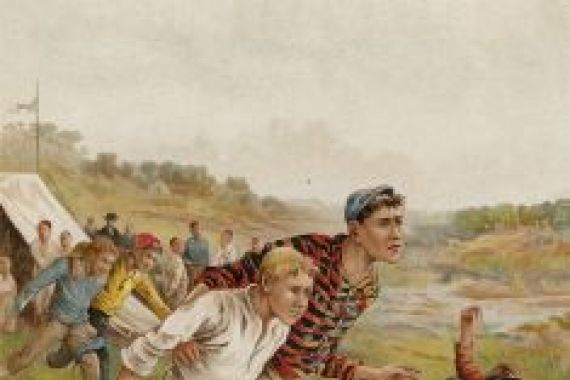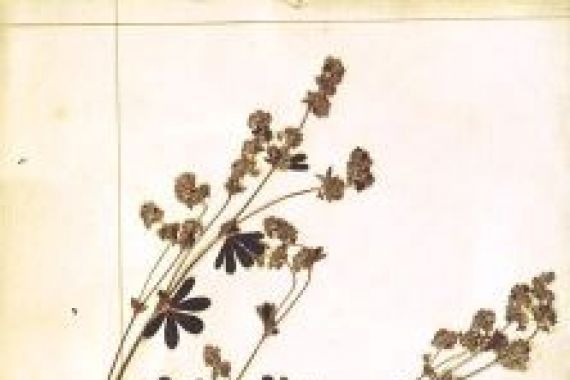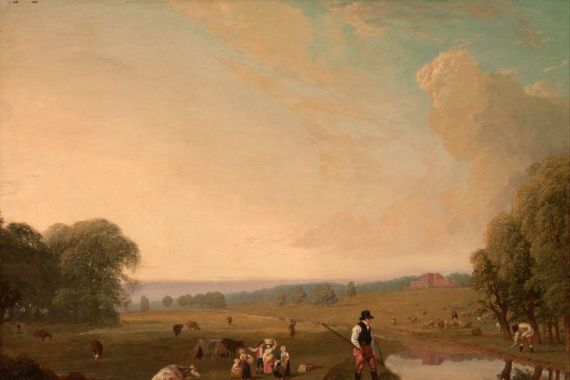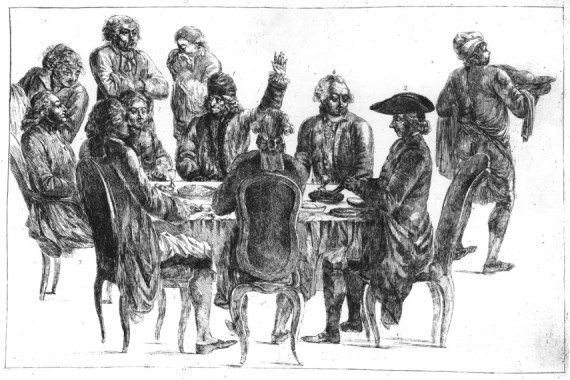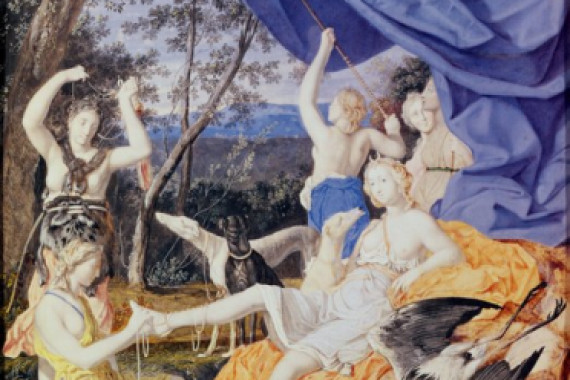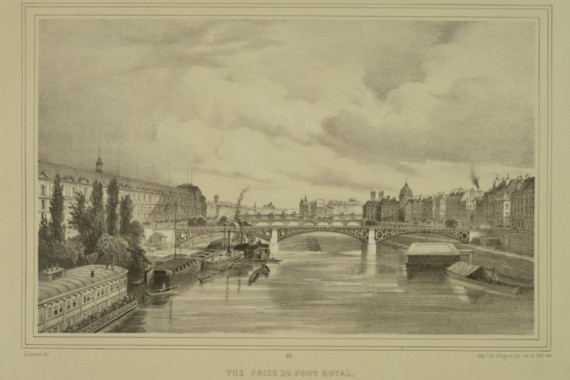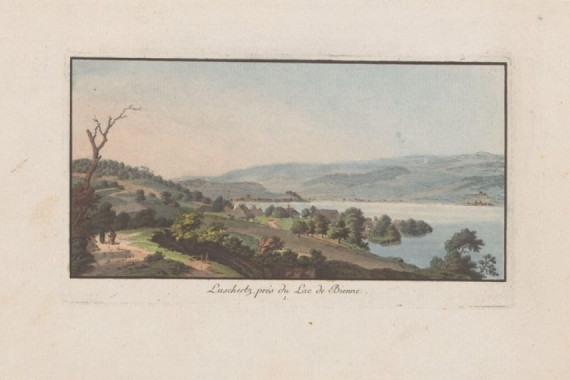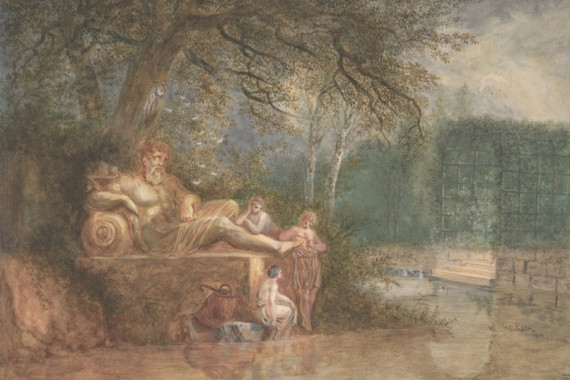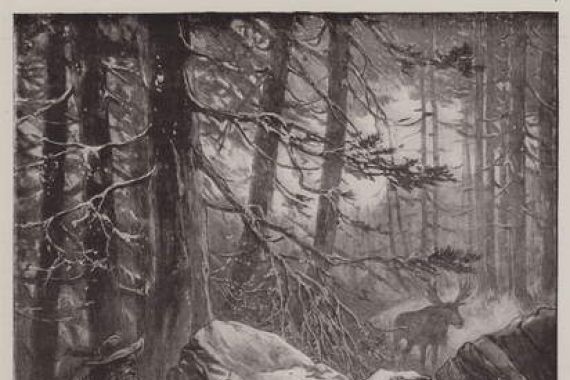A single, snow-covered peak rising out of the mist - this image has become deeply engraved in the collective consciousness of Switzerland. But anyone who believes that Swiss art is limited to the majestic depiction of Alpine landscapes is underestimating the complexity and joy of experimentation that has unfolded in the studios between Lake Geneva and Lake Constance. Swiss artists have repeatedly explored the question of what home, identity and nature mean - and created far more than just postcard idylls. Swiss art history is a kaleidoscope of colours, forms and ideas that is constantly being reassembled, revealing surprising facets time and again.
One look at the watercolour "Lake Lucerne" by Alexandre Calame is enough to sense the extent to which nature served as a source of inspiration - and yet it is not the mere depiction, but the interplay of light, atmosphere and mood that makes his works so special. Calame, a master of Romanticism, knew how to capture the drama of clouds and the shimmering of water in delicate layers of colour. But while he celebrated nature, others, such as Ferdinand Hodler, ventured a step further: Hodler's monumental oil paintings are characterised by an almost mystical symbolism in which people and landscapes become parables for life itself. His rhythmic compositions, which run through the picture like waves, are an expression of a deep inner movement - and show how Swiss art is always a search for the essential.
Switzerland opened up to new trends in the 20th century. Paul Klee, born in Bern, became a border crosser between fantasy and abstraction. His gouaches and drawings are like musical compositions in which lines dance and colours resonate. Klee experimented with techniques, materials and visual languages, drawing inspiration from childhood memories, dreams and foreign cultures. His works reflect the openness of Switzerland - a country that is geographically located in the heart of Europe, but artistically always looked beyond its own borders. Photography also found fertile ground here early on: Robert Frank, who grew up in Zurich, revolutionised the view of the world with his camera. Although his famous series "The Americans" was created in the USA, his precise, sometimes melancholy view of the everyday is rooted in the Swiss sensitivity for nuances and the unspectacular.
What makes Swiss art so unique is perhaps precisely this juxtaposition of tradition and innovation, of stillness and new beginnings. In Giovanni Giacometti's prints, the colours glow like freshly fallen snow, while Meret Oppenheim's drawings play with surreal elements and blur the boundaries between dream and reality. Time and again in Swiss art, we encounter the urge to question the visible and make the invisible visible - be it in the fine lines of an etching, in the bold application of colour in an oil painting or in experimental play with photography and collage. Switzerland, as small as it may appear on the map, is a vast country full of surprises when it comes to art, where tradition and avant-garde, nature and ideas, craftsmanship and vision combine to form a fascinating whole. Those who embark on this journey will not only discover pictures, but entire worlds - and perhaps also a piece of themselves.
A single, snow-covered peak rising out of the mist - this image has become deeply engraved in the collective consciousness of Switzerland. But anyone who believes that Swiss art is limited to the majestic depiction of Alpine landscapes is underestimating the complexity and joy of experimentation that has unfolded in the studios between Lake Geneva and Lake Constance. Swiss artists have repeatedly explored the question of what home, identity and nature mean - and created far more than just postcard idylls. Swiss art history is a kaleidoscope of colours, forms and ideas that is constantly being reassembled, revealing surprising facets time and again.
One look at the watercolour "Lake Lucerne" by Alexandre Calame is enough to sense the extent to which nature served as a source of inspiration - and yet it is not the mere depiction, but the interplay of light, atmosphere and mood that makes his works so special. Calame, a master of Romanticism, knew how to capture the drama of clouds and the shimmering of water in delicate layers of colour. But while he celebrated nature, others, such as Ferdinand Hodler, ventured a step further: Hodler's monumental oil paintings are characterised by an almost mystical symbolism in which people and landscapes become parables for life itself. His rhythmic compositions, which run through the picture like waves, are an expression of a deep inner movement - and show how Swiss art is always a search for the essential.
Switzerland opened up to new trends in the 20th century. Paul Klee, born in Bern, became a border crosser between fantasy and abstraction. His gouaches and drawings are like musical compositions in which lines dance and colours resonate. Klee experimented with techniques, materials and visual languages, drawing inspiration from childhood memories, dreams and foreign cultures. His works reflect the openness of Switzerland - a country that is geographically located in the heart of Europe, but artistically always looked beyond its own borders. Photography also found fertile ground here early on: Robert Frank, who grew up in Zurich, revolutionised the view of the world with his camera. Although his famous series "The Americans" was created in the USA, his precise, sometimes melancholy view of the everyday is rooted in the Swiss sensitivity for nuances and the unspectacular.
What makes Swiss art so unique is perhaps precisely this juxtaposition of tradition and innovation, of stillness and new beginnings. In Giovanni Giacometti's prints, the colours glow like freshly fallen snow, while Meret Oppenheim's drawings play with surreal elements and blur the boundaries between dream and reality. Time and again in Swiss art, we encounter the urge to question the visible and make the invisible visible - be it in the fine lines of an etching, in the bold application of colour in an oil painting or in experimental play with photography and collage. Switzerland, as small as it may appear on the map, is a vast country full of surprises when it comes to art, where tradition and avant-garde, nature and ideas, craftsmanship and vision combine to form a fascinating whole. Those who embark on this journey will not only discover pictures, but entire worlds - and perhaps also a piece of themselves.
×




